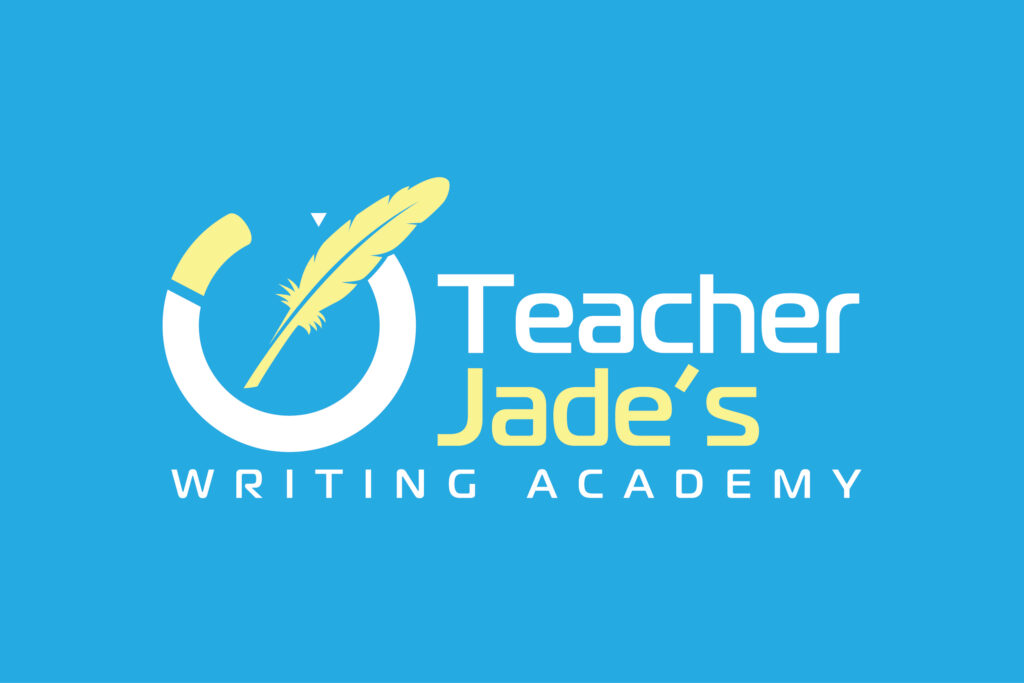Homeschooling, Learning
Connecting Literature to Real Life with Short Stories: Technology, Morality, and More
If you’ve got a reluctant reader at home, you’re not alone. Many parents, especially homeschooling families, struggle to get their teens to engage with reading in a meaningful way. But here’s the secret: reading doesn’t have to feel like homework. When students can see how a story connects to real-world issues like technology, morality, or current events, reading suddenly feels relevant and even exciting.
That’s the idea behind my Reading to Think: Developing Critical Thinking Through Short Stories classes on Outschool:
👉 Part I
👉 Part II
These classes focus on analyzing big ideas in literature through short, powerful stories. Students explore themes, mood, and tone while learning to identify literary devices, expand their vocabulary, and build critical thinking skills. Each week includes a story, vocabulary work, and optional short writing assignments, with personalized feedback for students who choose to submit their work. The best part? It’s flexible and self-paced, perfect for busy homeschool schedules.
Connecting Stories to the Real World
Here are a few short stories that work beautifully for sparking meaningful discussions—and how you can tie them into topics your teens already care about:
1. “The Lottery” by Shirley Jackson – Current Events and Society
This chilling story about a small-town tradition gone wrong opens up deep conversations about conformity, tradition, and moral responsibility.
Try asking:
-
What real-world traditions or systems might people continue just because “that’s the way it’s always been”?
-
How does group pressure influence personal decisions?
-
How would this story change if it were set today?
2. “The Veldt” by Ray Bradbury – Technology and Parenting
Bradbury’s story about children who become obsessed with a virtual reality nursery feels surprisingly modern. It’s perfect for exploring how technology shapes family life.
Try asking:
-
Do you think technology helps or hurts relationships in families?
-
What responsibility do parents have in setting limits for technology?
-
If this story were written now, how might social media play a role?
3. “The Ones Who Walk Away from Omelas” by Ursula K. Le Guin – Morality and Justice
This thought-provoking story asks readers to consider what they’d be willing to sacrifice for the happiness of others.
Try asking:
-
What moral lesson does this story teach about fairness and justice?
-
Would you walk away from Omelas? Why or why not?
-
Can you think of real-life examples where people benefit at someone else’s expense?
Each of these stories gives teens the chance to think deeply and form their own opinions. They also help readers make connections between literature and the world around them—a crucial skill for writing, discussion, and future academic success.
Why Short Stories Work
Short stories are approachable, which makes them great for reluctant readers. They’re brief but packed with powerful themes and literary techniques. Because students can finish one in a single sitting, they feel a sense of accomplishment while still diving into complex ideas. Reading short stories also helps expand vocabulary, develop empathy, and improve analytical thinking; these are skills that serve them across every subject.
If you’d like guided support to make these connections even stronger, my Reading to Think classes provide everything you need: structured readings, full sets of discussion questions, short writing prompts, and individualized feedback to help your learner grow.
Learn more and enroll:
-
Reading to Think: Developing Critical Thinking Through Short Stories (Part I)
-
Reading to Think: Developing Critical Thinking Through Short Stories (Part II)
Whether your teen loves to read or needs a little push, these stories and discussions can open the door to a lifetime of thoughtful reading and critical thinking.
These courses are also included in the course packages if you want more than an individual class: www.TeacherJade.com

